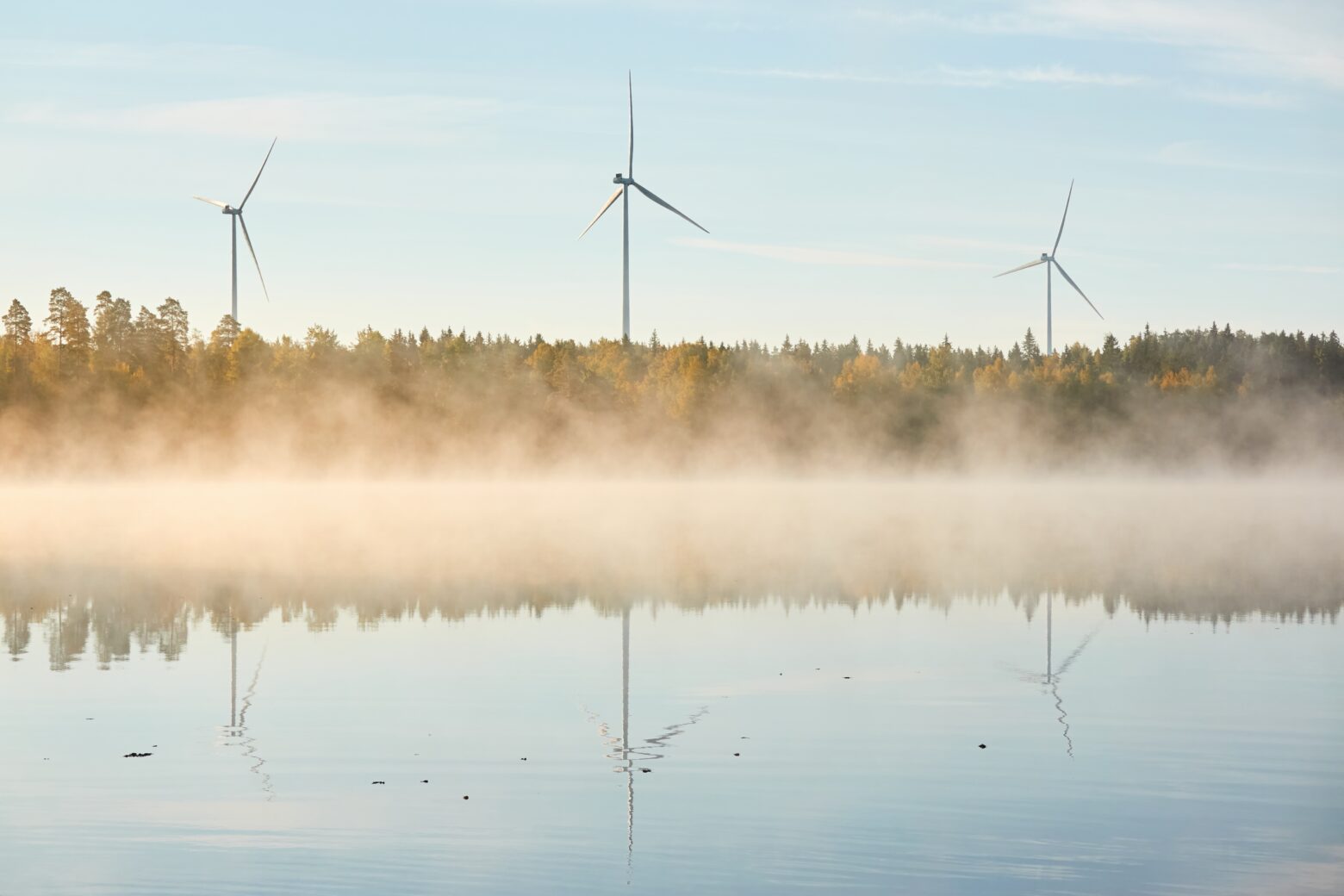The Finnish Ministry of Economic Affairs and Employment mandated a working group to reform the Finnish Electricity Market Act (the “Act”) to promote the integration of increasing electricity production and growing consumption loads into the main power grid and distribution network. On 8 May 2025, the governmental proposal for amending the Act was published.
In the following, we outline certain key amendments proposed to the Act. All in all, the amendments are generally welcome as, among others, they offer increasing opportunities for electricity producers and related industries in terms of grid connections.
Allocation of Grid Development Responsibilities between Fingrid and the DSOs
Distribution network operators (“DSOs”) would be given the opportunity to operate local and regional high-voltage distribution networks exceeding 110 kilovolts. The Act would require that in order to ensure the provision of sufficiently high-quality electricity to network users within its area of operation, the network operator must maintain, operate and develop its electricity network and connections to other networks in accordance with the requirements set for the operation of electricity networks and the reasonable needs of network users. In a high-voltage distribution network, the obligation to develop the network would apply to areas where it would be technically, economically, or in terms of land use, more advantageous for the network users to connect to the network of the particular operator rather than to another network. The proposed amendment both offers new opportunities and requires further resources from DSOs. If no DSO would be capable of investing in a high-voltage network at a particular area, a new electricity network license could be granted to a new operator willing to invest in such networks.
The national transmission system operator Fingrid Oyj (“Fingrid”) would focus on developing the national interconnected electricity transmission network and cross-border interconnectors. To advance the utilization of offshore wind power, the proposal clarifies that Fingrid would have the responsibility over any electricity networks serving offshore wind power in Finland’s exclusive economic zone.
Licensing Exemptions for Closed Electricity Networks
According to the proposal, electricity producers would be allowed to build and operate common interconnected electricity networks serving multiple power plant complexes without an electricity network license. Transferring electricity in such a connection network would not be considered a licensed activity if the network does not supply electricity to wholesale customers or end users.
Connecting parties or third parties at their request could also set up a company to build and operate electricity production networks, which could operate the network under a permit from the high-voltage distribution system operator. This would address situations where the DSO did not have technical, organisational or financial capacity to invest in the necessary high-voltage transmission line or network in its area of operation.
The two megavolt-ampere capacity limit for separate lines currently excluded from licensing obligations is suggested to be removed. This amendment is expected to enable energy solutions for complex connected industrial and business areas by way of, for instance, connecting a hydrogen plant directly to renewable energy production facility via a separate line to produce renewable hydrogen in accordance with the additionality requirements of the RED II Directive.
Advance Information by the Finnish Energy Authority on Licensing Requirements
The Finnish Energy Authority would be entitled to issue advance ruling on whether an electricity network activity is subject to a license. Electricity producers and connecting parties would be able to obtain binding regulatory guidance relating to the individual circumstances at hand before proceeding to project execution. We find this a positive change, as it allows for obtaining binding regulatory guidance in unclear cases.
The possibility of providing advance rulings is expected to promote the realization of clean transition investments by giving investors prior certainty about the legal feasibility of the projects. Additionally, the ruling is subject to a right to appeal, allowing project developers to have the Energy Authority’s interpretation of the licensing requirements for their project reviewed by a competent court.
Flexible Connection Agreements
In line with the Electricity Market Directive, the Act would provide for the possibility of entering into flexible connection agreements to expedite network access for those wishing to connect. A flexible connection agreement refers to a connection agreement with terms restricting the guaranteed capacity at the connection point or the network operator’s management of electricity use or supply at the connection.
Flexible agreements are intended as a temporary arrangement until the network capacity allows the implementation of the final guaranteed fixed connection capacity. However, the Act would also provide the Energy Authority with the ability to grant the network operator permission to enter into a flexible connection agreement as a permanent solution in certain parts of the network where the Energy Authority deems that network development is not the most efficient solution. However, the Energy Authority could, at the request of the network operator or the connecting party, or even on its own initiative, revoke its decision.
The Electricity Market Act would establish the regulatory framework for, among other things, the content of flexible connection agreements. The Energy Authority is expected to issue detailed provisions on flexible connections to the extent that the framework is not required to be legislated.
Timeline
The amendments discussed herein are expected to become effective as soon as possible, in practice during the year 2025.
Due to a more urgent need, an amendment seeking to clarify provisions in the Act related to the definition of connection line and the network operator’s obligation to connect will become effective already 1 July 2025. As of 1 July, one or more power plants and one or more connected energy storages can be connected to the grid with the same connection line. A connection line connecting a hybrid project including, for instance, wind and solar power production units and energy storage solution will not require a network license, regardless of whether or not the relevant power plants and energy storage are located on the same property or a group of properties. This change is very welcome as so far the connection of multiple projects with the same connection line has in practice been prevented if the projects were situated on different properties or groups of property.
Contacts
Our Energy & Infrastructure team is monitoring all legislative developments affecting the Finnish electricity landscape and would be pleased to discuss the upcoming amendments and the possibilities they provide with you in more detail.


